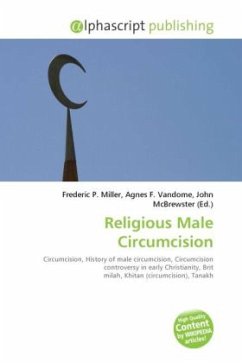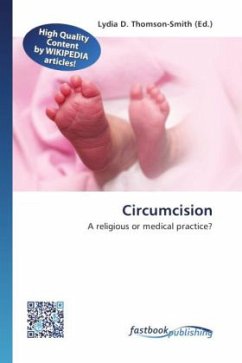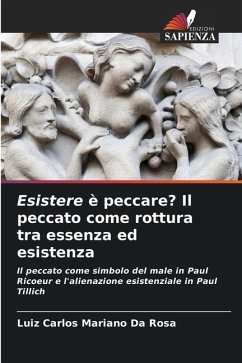
Religious Male Circumcision
Versandkostenfrei!
Versandfertig in 6-10 Tagen
32,99 €
inkl. MwSt.

PAYBACK Punkte
16 °P sammeln!
High Quality Content by WIKIPEDIA articles! Male circumcision, when practiced as a religious rite, is found in the Hebrew Bible, in the Abrahamic covenant, such as Genesis 17, and is therefore practiced by Jews and Muslims and some Christians, those who constitute the Abrahamic religions. Cultures circumcising males generally do it shortly after birth, during childhood or around puberty as part of a rite of passage. Circumcision is most prevalent in Muslim countries and Israel, and is most prevalent in the Jewish and Muslim faiths, though also common in the United States, the Philippines, Sout...
High Quality Content by WIKIPEDIA articles! Male circumcision, when practiced as a religious rite, is found in the Hebrew Bible, in the Abrahamic covenant, such as Genesis 17, and is therefore practiced by Jews and Muslims and some Christians, those who constitute the Abrahamic religions. Cultures circumcising males generally do it shortly after birth, during childhood or around puberty as part of a rite of passage. Circumcision is most prevalent in Muslim countries and Israel, and is most prevalent in the Jewish and Muslim faiths, though also common in the United States, the Philippines, South Korea, and Ethiopia, which are predominantly Christian. It is less common in Europe, Latin America, China and India. Hodges argues that in Ancient Greece the foreskin was valued and that Greek and Roman attempts to abolish ritual circumcision were prompted by humanitarian concerns.












